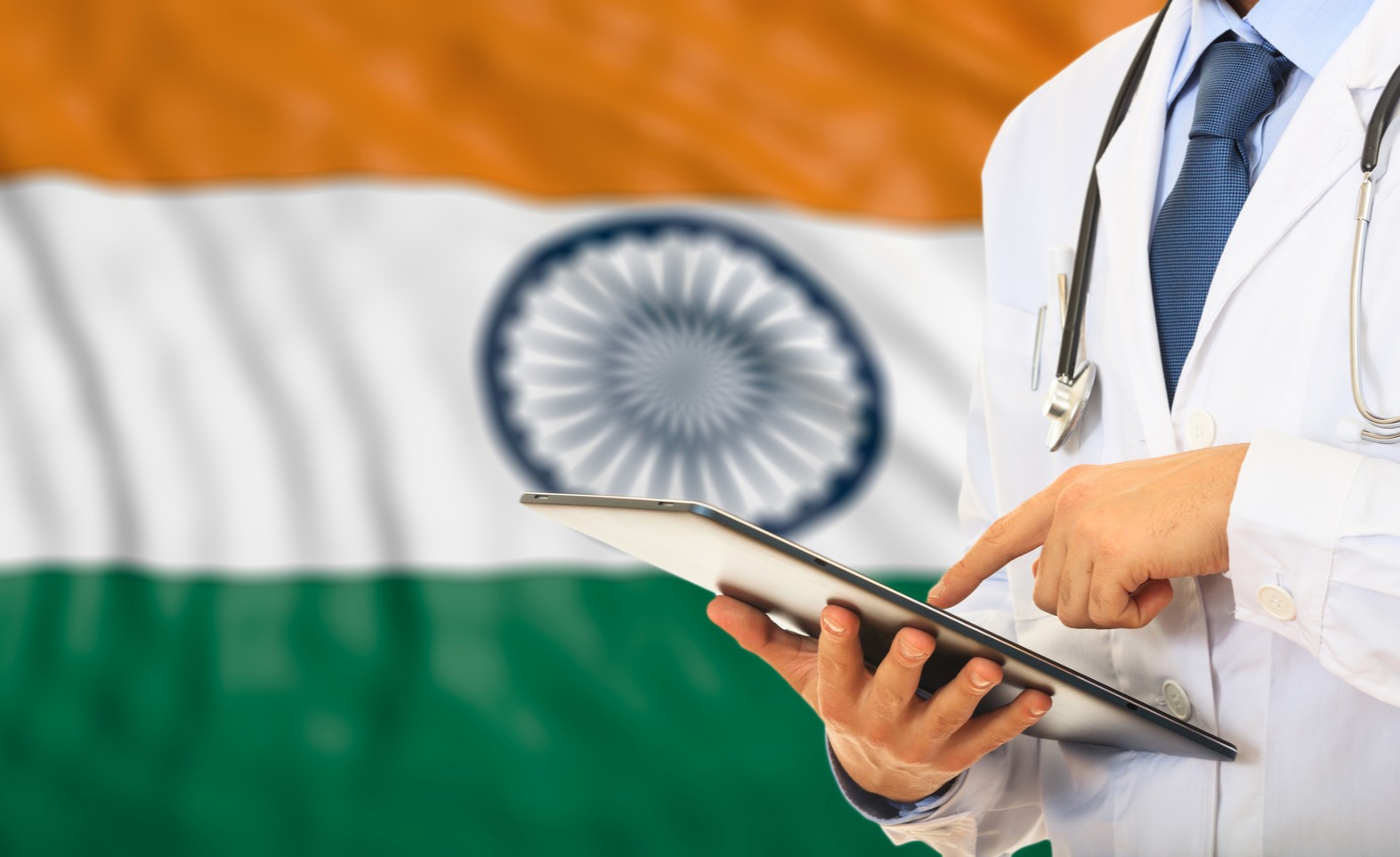Learn About The Ayushman Bharat Digital Mission’s Facility Registry
The Ayushman Bharat Digital Mission, launched in August 2021, is a flagship program of the Government of India aimed at creating a digital health ecosystem in the country.
One of the key components of this mission is the HFR, which aims to provide a comprehensive database of healthcare facilities across the country. This blog will discuss the Health Facility Registry in Ayushman Bharat Digital Mission in detail.
What is the Health Facility Registry?
The Health Facility Register, a computerized database, includes all the medical facilities in India. This covers healthcare establishments, including hospitals, clinics, nursing homes, and diagnostic labs. The registry intends to give patients, healthcare practitioners, and other stakeholders access to a single source of information regarding healthcare institutions.
Why is the Health Facility Registry important?
This is an important tool for improving access to healthcare services in India. By providing a comprehensive database of healthcare facilities, the registry can help patients find the nearest healthcare facility that meets their needs. It can also help healthcare providers to coordinate care and referrals, and policy makers better plan healthcare services more effectively.
How does the Health Facility Registry work?
This is a part of the National Health Stack, which is a set of digital infrastructure components for healthcare in India. The registry uses a standardized data model to collect and store healthcare facility information. The data is collected from various sources, including healthcare providers, government agencies, and other stakeholders.
The registry is accessible through various channels, including a web portal, a mobile app, and an API (application programming interface). Patients can search for healthcare facilities based on their location, type of service, and other criteria. Healthcare providers can use the registry to refer patients to other facilities, and policymakers can use the data to plan healthcare services.
What information is included in the Health Facility Registry?
The HFR contains a wide range of information about healthcare facilities, including:
- Name and address of the facility
- Type of facility (hospital, clinic, nursing home, etc.)
- Services provided (outpatient, inpatient, diagnostic, etc.)
- Specialty areas (cardiology, neurology, etc.)
- Number of beds
- Medical equipment available
- Staffing information (number of doctors, nurses, etc.)
- Insurance and payment options
- Contact information (phone, email, etc.)
The information in the registry is updated regularly to ensure accuracy and completeness.
Benefits:
This registry has several benefits, including:
- Improved access to healthcare: It helps patients to find the nearest healthcare facility that meets their needs easily. This can be particularly helpful for patients living in rural areas, who may need more easy access to healthcare services.
- Better coordination of care: Healthcare providers can use the registry to coordinate care and referrals better. For example, a primary care provider can use the registry to find a specialist for a patient who needs further evaluation or treatment.
- More efficient healthcare delivery: It provides policymakers with information about the distribution and capacity of healthcare facilities. This can help them plan healthcare services more effectively and ensure that resources are allocated to the most needed areas.
- Enhanced transparency: The registry promotes transparency in the healthcare sector by providing patients and other stakeholders with information about healthcare facilities. This can help patients to make informed choices about where to receive care and can help to improve the quality of care provided by healthcare facilities.
- Standardization of data: They use a standardized data model for collecting and storing information about healthcare facilities. This helps to ensure that the data is consistent and accurate, which in turn improves the quality of the registry and the information it provides.
- Cost-effective: It is a cost-effective way to gather information about healthcare facilities across the country. It allows healthcare providers to register their facilities easily and provides patients with a single source of information about healthcare facilities.
Over to you:
The Ayushman Bharat Digital Mission’s health registry features enhanced the status of the medical facilities. With only one touch, it promises to make the entire process of health and rehabilitation more efficient and accessible to patients.
Time savings and the potential for recovery will benefit those with critical diseases. Indian health institutions might benefit from their accessibility via the internet. As a result, the Ayushman Bharat Digital Initiative is a boon to India and its medical facilities.












